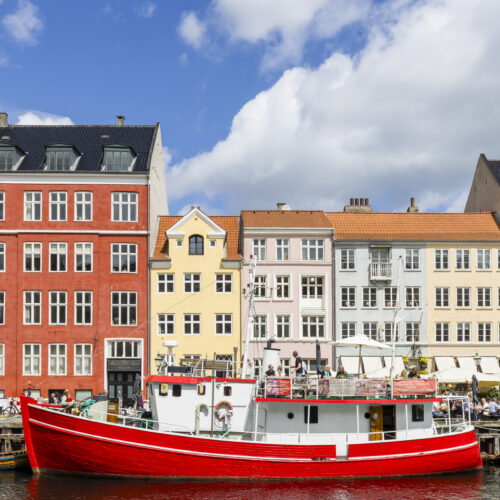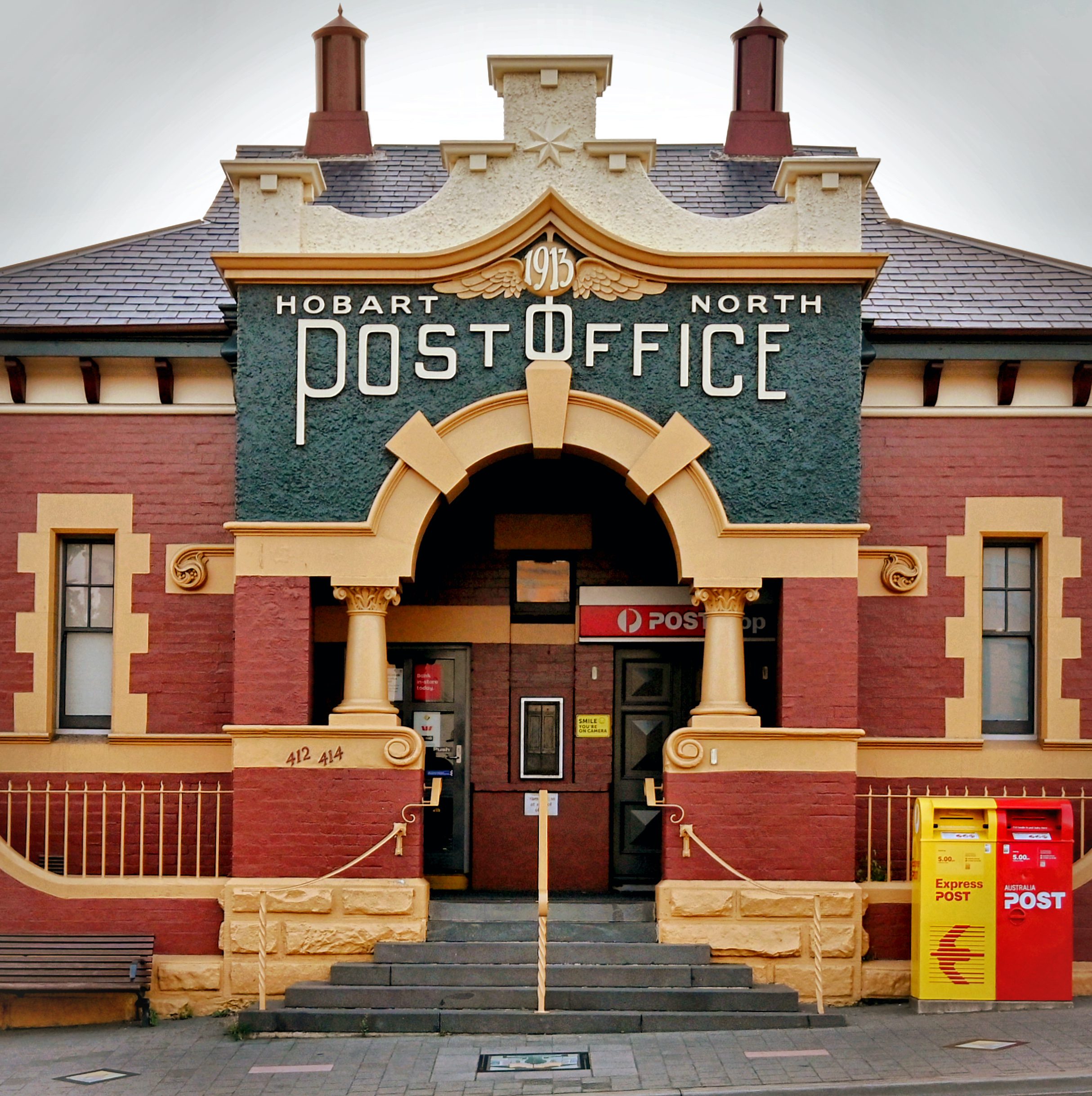Stamped near the town’s historic commercial center, Tasmania’s North Hobart Post office has been a landmark and point of pride for over a century. For both its impressive architectural appearance and its significance as an essential hub of the community, this Heritage-designated building was also once a very generous place to work, as living quarters were provided for the postmaster—though personal postage was certainly not an additional perk.
The Commonwealth acquired the site in 1903, and the post office was established in 1913. That timing, coupled with its proximity to Hobart—the busy, accessible capital city of Tasmania—meant it was unfortunately excluded from the pigeon post, a service once relied upon in more remote areas of Australia. Pigeon post stations, set up during the earliest years of the 20th century, relied on winged letter-bearers, who were trained to fly between designated stations, carrying mail in tiny canisters.
North Hobart is not remote, nor is its terrain sufficiently challenging to have ever required valiant post-pigeons, whose duties ceased as telegraphs and telephones became increasingly convenient.
However, since the closing of the pigeon post, the number of feral pigeons (descendants of domestic homing pigeons; introduced to Australia from Europe) have increased, and many have nested on or around North Hobart’s post office. It remains unclear whether any are there to seek work and eventual accommodation as postmasters.
📖 Full Story on page 298 in Accidentally Wes Anderson: Adventures



























